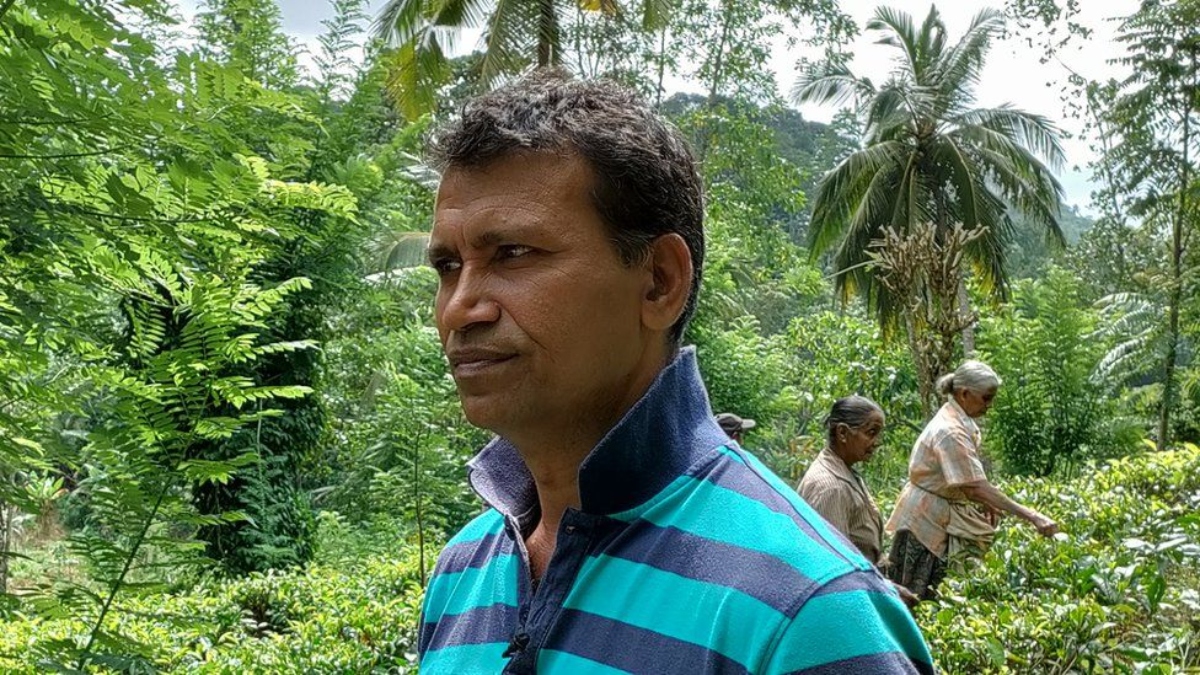
Tea is Sri Lanka’s biggest export. Leaves from the lush green tea estates covering the hills of central Sri Lanka end up in cups across the world. Exporting tea normally brings in more than 1 billion USD a year, but the industry is being hard hit by the unprecedented economic crisis.
Most of Sri Lanka’s tea is grown by smaller farmers, like Rohan Tilak Gurusinghe, who owns two acres of land close to the village of Kadugunnawa. Rohan is still reeling from the impact of a sudden, poorly thought-out government decision to ban chemical fertilizer last year.
The ban, ordered to try to protect the country’s dwindling foreign reserves, was one of a number of disastrous policy decisions implemented by the now-ousted President Gotabaya Rajapaksa, with agricultural output falling significantly. For farmers like Mr. Gurusinghe, reliant on trucks transporting tea leaves from his fields to factories for processing, it means delays which can lead to the leaves drying out and reducing in quality.
Among tea factory owners, there is deep frustration. Tea exports are a valuable source of dollars and the industry employs some two million people, but production levels have dropped. Other, smaller factories are struggling even more. But it’s the poorest who are suffering the most in this crisis.
The Sri Lankan government is in talks with the International Monetary Fund, but for now, whoever takes charge of the country, the hardship looks set to continue.

